The novelist and essayist James Meek’s confident new medieval romance is conducted in brief passages separated out by three icons, a rose, a sickle and a quill, emblematic of the three estates of the realm. The nobility play at courtly love; the commons can only evade their bondage by war service; and the clergy are in charge of chronicling and calendars. It’s 1348 and, as the Black Death mutates from fake news to imminent apocalypse, the novel’s liturgical title gets more and more ironical.
The commons strand recalls in its stubborn Saxonicity of vocabulary (‘Some gnof had got her with child’) the ‘shadow-tongue’ employed by Paul Kingsnorth in The Wake, a Booker-longlisted saga of guerrilla resistance to William the Conqueror. The clerical account, fittingly closest in style to a contemporary idiom (‘It was not my intention to deliver a sermon’), may remind readers of Samantha Harvey’s genial priestly narrator in The Western Wind. The aristocratic sections, for which Meek admits least ideological attraction, display the greatest richness in language, research and original thought, forming a sprightly commentary on Le Roman de la Rose, the poem that both exemplified and subverted the cult of chivalry. Pleasingly, the sickle and rose threads come to be less linguistically distinct than either party is at first easily willing to admit.
The balance of power is further refined by questions of sex. The highest ranking protagonist is female, a verse-struck runaway bride, while the youthful archer who dominates the commoners’ plot emerges into his flexible sexuality with the assistance of a cross-dressing swineherd. The clerical narrator gets not only the author’s Scottish background but a previous romantic context in distant papal Avignon. His distasteful mission to act as unofficial confessor to a band of hard-bitten, plague-struck soldiers grants the novel its intensifying impetus.
The story’s action is more dreamlike than naturalistic, while none of the characters quite transcends their tapestry — the jejune would-be heroine Lady Bernadette perhaps comes nearest. Yet this somewhat austere authorial restraint proves an effective instrument in the creation of a convincingly medieval allegory with modern allegiances. Two of the most enjoyable episodes involve a well-foreshadowed cameo by an infamous royal figure, and a Quixotesque castellan dottily mistaking the characters for a company of the high aristocracy. Both appear to demonstrate Meek’s entire awareness of the robe-romp he has so adroitly avoided.
Got something to add? Join the discussion and comment below.
Get 10 issues for just $10
Subscribe to The Spectator Australia today for the next 10 magazine issues, plus full online access, for just $10.
You might disagree with half of it, but you’ll enjoy reading all of it. Try your first month for free, then just $2 a week for the remainder of your first year.

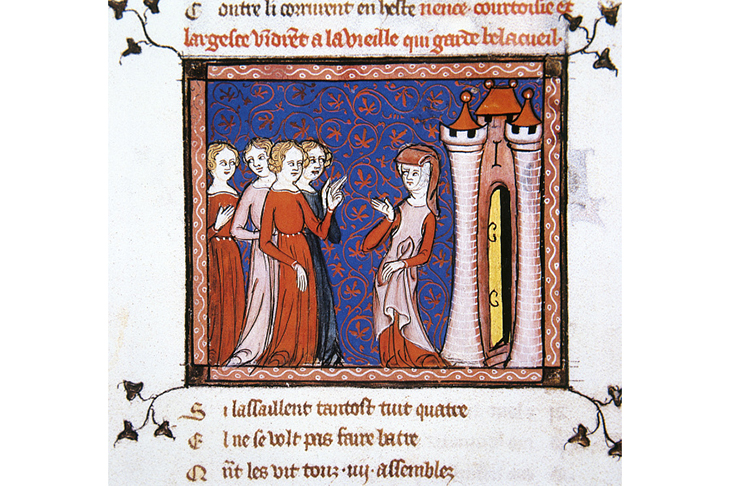
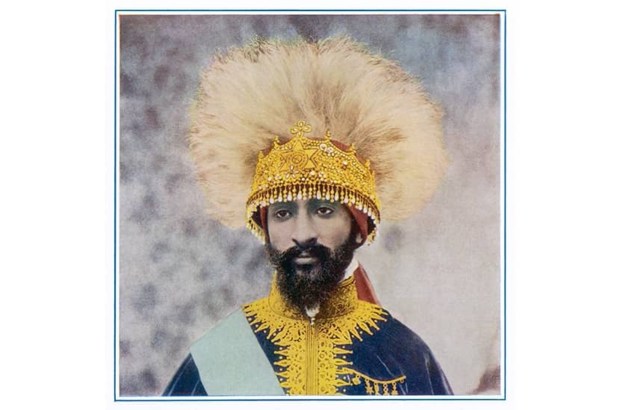
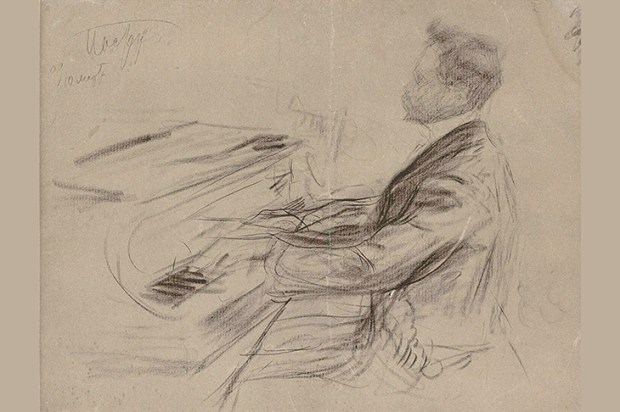
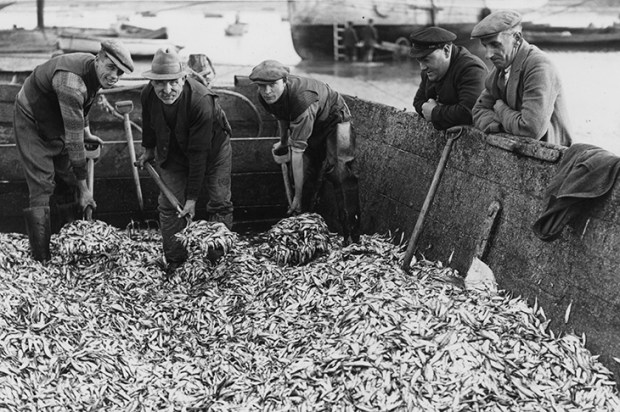
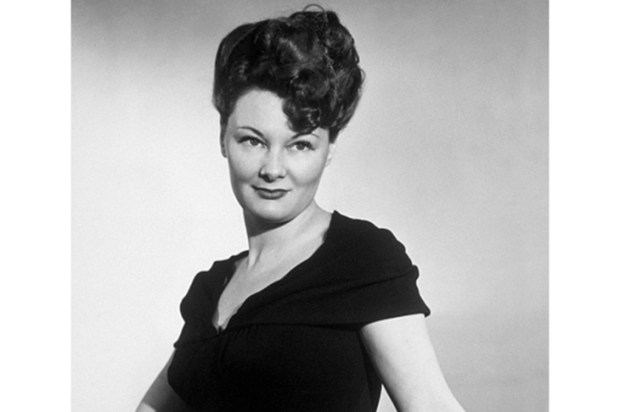

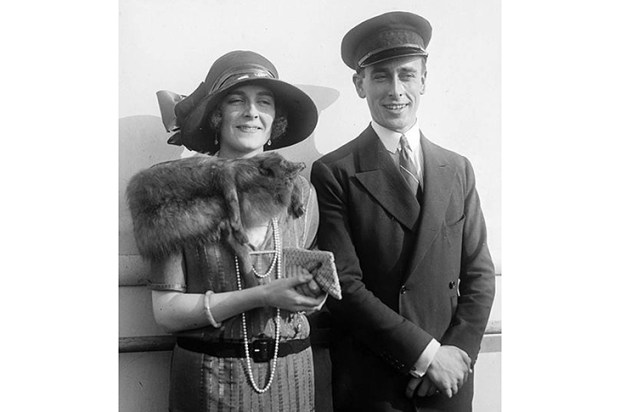






Comments
Don't miss out
Join the conversation with other Spectator Australia readers. Subscribe to leave a comment.
SUBSCRIBEAlready a subscriber? Log in